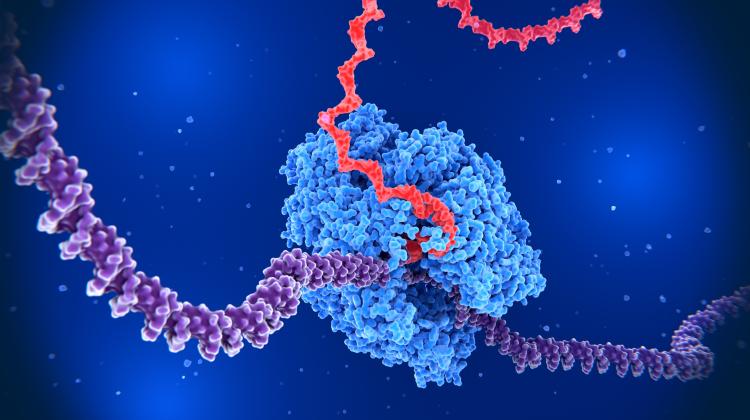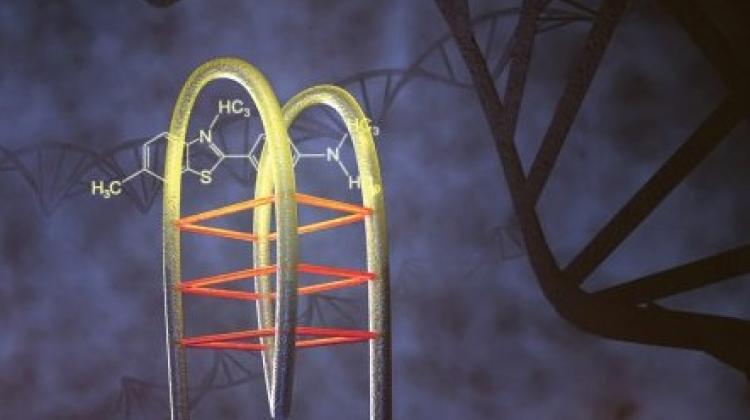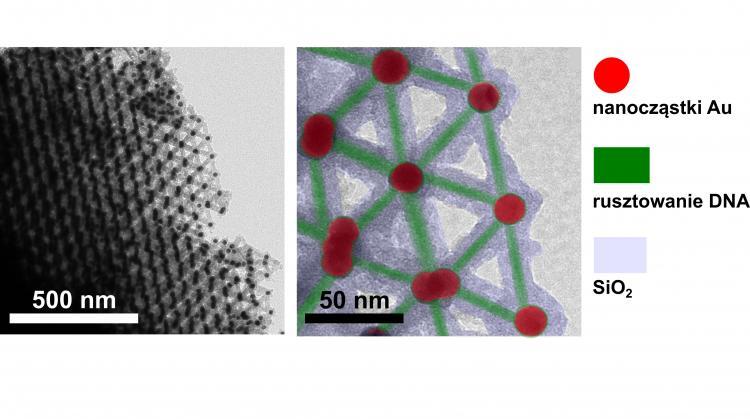Fossil DNA helps to study history of ecological changes
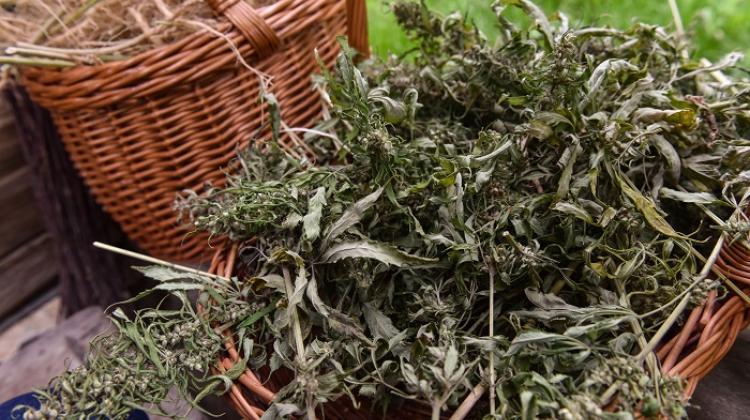 Lublin, 19.05.2021. Hemp sowing demonstration at the Lublin Open Air Village Museum. Hemp plants used to be a part of the rural landscape and a source of one of the basic raw materials. (jm) PAP/Wojtek Jargiło
Lublin, 19.05.2021. Hemp sowing demonstration at the Lublin Open Air Village Museum. Hemp plants used to be a part of the rural landscape and a source of one of the basic raw materials. (jm) PAP/Wojtek Jargiło
To obtain hemp fibres, a process called retting is needed, which is why in the old days, cut hemp was thrown into water bodies for some time. Traces of this activity from the 3rd and 8th centuries CE were discovered in Lake Słone (Lublin region) thanks to modern research on fossil DNA.
Researchers from the team led by Dr. Agata Starosta (Institute of Biochemistry and Biophysics of the Polish Academy of Science) used the latest research methods - including fossil DNA analysis - to explore the history of Lake Słone in Polesie Wołyńskie (near Chełm). They found traces of very old environmental pollution. Their research shows that this lake was used several times in history - for example in the 3rd century CE - in the process of soaking (or retting) hemp. This drastically changed the microflora and fertility of this small water body.
The paper by Polish scientists published in Scientific Reports in December was listed as the year 2022 Editor's Choice: ancient DNA. This is an important distinction in the year, in which the Nobel Prize was awarded to Svante Pääbo for the research that initiated palaeogenomics.
“The use and processing of hemp (Cannabis sativa L.) in Europe dates back to the Bronze age, where it spread during the Roman times and reached its peak in the early Middle Ages. Hemp retting is a central step of hemp fibre production,” the authors of the study write in Scientific Reports.
The idea is that the presence of moisture favours the growth of microorganisms that cause the hemp fibres to separate from the stems. When hemp is soaked, the fibres can be extracted more easily to make yarn.
In the past, hemp retting was carried out in ponds or lakes. “HR on the fields (dew-retting) and in the artificial water reservoirs emerged later, probably as an attempt to avoid pollution of freshwater reservoirs,” the researchers write in their paper. They explain that when plant polysaccharides are present in the water, they provide nutrients for microorganisms which are critical to the process, but not just those.
It turns out that under the influence of hemp retting, life in the lake changes so much that traces of such changes are visible even after two thousand years, if you know how to look for them. Scientists from the Institute of Biochemistry and Biophysics of the Polish Academy of Sciences and the Maria Curie-Skłodowska University in Lublin knew how to find them.
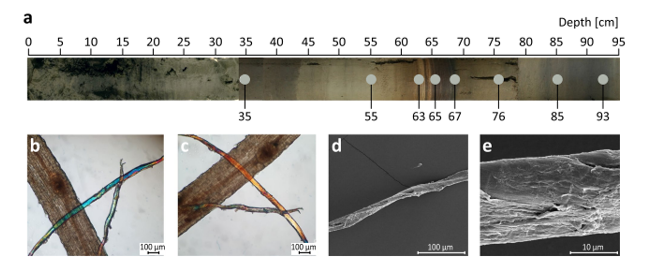
The researchers conducted analyses of bottom sediments from a core taken from Lake Słone. “It stands out among the lakes of the region in that there is a layer of lamination in the sediment core, i.e. thin layers of clearly differentiated colours, testifying to the seasonally changing oxygen conditions in the lake. In this laminated part of the core, dating back to the early Middle Ages, we also found fibres and hemp pollen - residues from the process of soaking (retting) them in the lake,” says Dr. Starosta. The researchers also discovered that the lake was used for hemp retting already at the end of the period of Roman influence, i.e. ca. 300 CE.
In their research, the authors combined traditional palaeolimnological methods (radioisotope dating, pollen, diatom, clavicle and geochemical analyses) with shotgun sequencing (sequencing of short fragments of the entire pool of DNA contained in a sample) of fossil DNA from lake sediments.
“We also proposed a quantitative and qualitative (polarized light microscopy) analysis of hemp fibres to identify the periods when the lake was used for hemp retting. By using such a broad, multidisciplinary methodology, we have obtained a comprehensive image of the lake ecosystem over the course of almost 2,000 years, which also distinguished our research among similar publications examining the microbiome of lake ecosystems,” explains the study co-author, Dr. Olga Iwańska.
The research showed that soaking hemp drastically affected the microflora and trophy (fertility) of the lake, increasing the number of anaerobic bacteria.
“Although the bacterial microflora of Lake Słone +improved+ several times over the last 2000 years, responding to periods of weaker settlement, human intervention has left a permanent and clear trace in the lake's ecosystem,” concludes Dr. Starosta.
PAP - Science in Poland, Ludwika Tomala
lt/ zan/ kap/
tr. RL
Przed dodaniem komentarza prosimy o zapoznanie z Regulaminem forum serwisu Nauka w Polsce.






